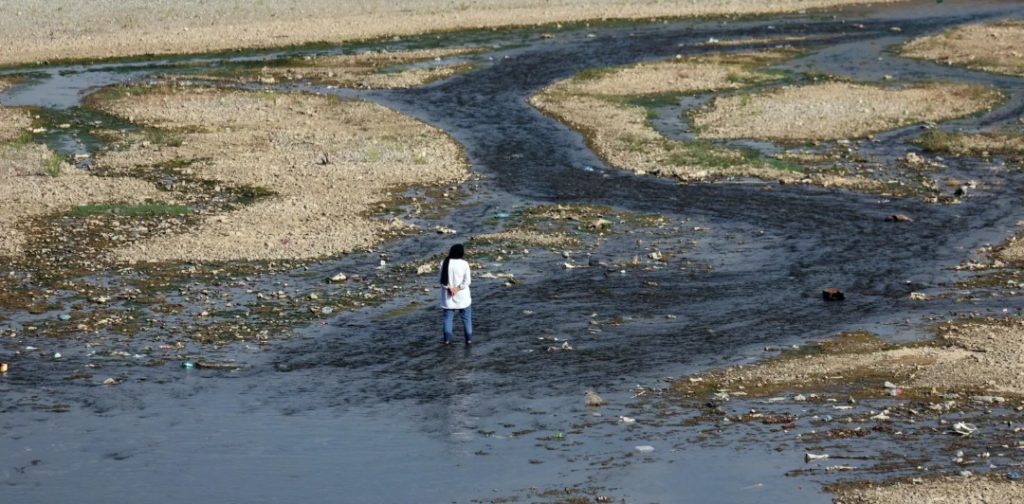
Ofure Akhigbe
Iran, particularly its capital Tehran, is facing an unprecedented water crisis this autumn, with rainfall at record lows and reservoirs nearly empty. Officials are urging citizens to conserve water as the drought deepens.
On November 9, President Masoud Pezeshkian warned that if rainfall does not improve soon, Tehran’s water supply could be rationed. “If rationing doesn’t work, we may have to evacuate Tehran,” he said. His comments have drawn criticism in Iranian newspapers and on social media. Former Tehran mayor Gholamhossein Karbaschi called the idea “a joke” and said “evacuating Tehran makes no sense at all.”
Meteorological authorities say no rainfall is expected over the next 10 days, worsening the water crisis. Daily life is already affected: a Tehran resident told BBC Persian she plans to buy water tankers “to use for toilets and other necessities.” Earlier this year, rapper Vafa Ahmadpoor posted a social media video showing a kitchen tap with no running water, saying he had bought bottled water “just to be able to go to the toilet.”
The Latian Dam, one of Tehran’s main water sources, now holds less than 10% of its capacity, while the nearby Karaj Dam — supplying both Tehran and Alborz provinces — is in a similarly dire condition. “We had a 92% decrease in rain compared to last year,” said Mohammad-Ali Moallem, manager of the Karaj Dam. “We have only eight percent water in our reservoir — and most of it is unusable and considered ‘dead water.’”
Iran’s Minister of Energy, Abbas Ali Abadi, warned that authorities may soon have to cut water supplies. “Some nights we might decrease the water flow to zero,” he said. Officials plan to penalise households and businesses that consume excessive water. Abadi also cited the capital’s century-old infrastructure and water leakage, as well as damage from the recent 12-day conflict with Israel, during which the northern Tehran neighbourhood of Tajrish was targeted on June 15.
The crisis extends beyond Tehran. Ahmad Vazifeh, head of Iran’s National Centre for Climate and Drought Crisis Management, warned that dams in several provinces — including West Azerbaijan, East Azerbaijan, and Markazi — are in a “worrying state,” with water levels in single-digit percentages.
In Mashhad, Iran’s second-largest city, officials reported even lower reserves. The governor of Khorasan Razavi Province said water in the city’s dams has dropped to “less than eight percent.” Hossein Esmaeilian, CEO of Mashhad’s Water and Wastewater Company, put the figure even lower: “Only three percent of the combined capacity of the city’s four water-supplying dams — Torogh, Kardeh, Doosti, and Ardak — remains. Apart from Doosti Dam, the other three are out of operation.”
Iran’s water crisis has been decades in the making. Supreme Leader Ayatollah Ali Khamenei has repeatedly acknowledged the threat, speaking about water shortages in his Nowruz addresses in 2011 and subsequent years. Yet little has changed.
Today, Tehran, Karaj, and Mashhad — home to more than 16 million people combined — face the real possibility of their taps running dry, highlighting the severity of Iran’s water crisis.
